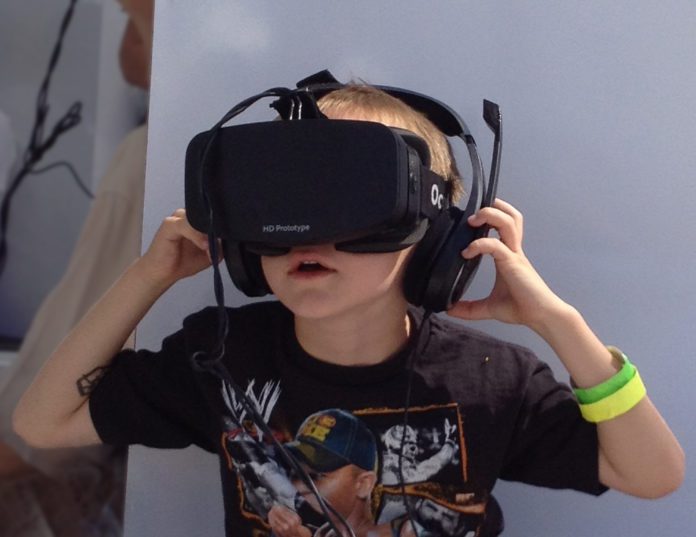Owners of lower-end PCs will be happy to hear that Oculus is bringing forward Asynchronous Spacewarp. While at first this might seem as a technological jargon that has come out of a Star Trek movie, Asynchronous Spacewarp (ASW) is actually a new software technique that allows VR games to run at half the rate, while achieving a visual effect that is near to the native 90hz rendering.

While this feature won’t allow you to achieve the same flawless experience as you would on a higher-end PC, ASW makes it possible for gamers to still achieve decent VR gaming.
Tapping into a wider market
The move by Oculus is not surprising, especially after Microsoft unveiled that they are working with big manufacturers to deliver a more affordable Virtual Reality experience. Nevertheless, ASW isn’t expected to be a value option for players who don’t consider upgrading to a higher-end PC in the near future.
In fact, ASW is just a temporary solution for gamers who don’t necessarily have the power to run Oculus titles at their fullest, but who are planning to upgrade their machines in the near future. While this might be exciting for some, the truth is that this won’t let Oculus achieve the wider market required for it to become a truly mainstream VR solution.
The Oculus Avatar
Another new software feature that will hit devices on December 6th is the so-called Oculus Avatar. Players will be able to create virtual versions of themselves Acquired by Facebook, it’s not surprising that Oculus is moving towards exploring the social aspects of virtual reality.
![]()
The creation of the avatar will be made possible via a new ‘private dressing room‘ feature and players will be able to choose from a huge assortment of clothing, hairstyle, faces and texture effects available at launch. What’s more alongside the feature, Oculus will also release the Oculus Avatars SDK, so that developers of VR titles would be able to quickly implement the new feature in their games. Oculus has also worked with the developers of Sports Bar VR and Kingspray to have the avatar feature implemented into their games and to be available at launch.
The Future of VR Moving Forward
While ASW rendering won’t fix the current high cost of running Oculus Rift, it’s great to see that the company is trying to reach a wider audience by giving lower-end PC users better VR compatibility. Furthermore, exploring the social features of VR is something that everyone expected from Oculus ever since they were bought from Facebook. While the current user base of VR is separated and such exclusive features will only drive a bigger wrench between the Oculus and HTC Vive communities, it is nonetheless a great addition to the Oculus ecosystem. Especially having in mind the downfall of Oculus in the past two years, seeing positive upgrades being made and updates being delivered by the company is helping to better shape the future of VR.





